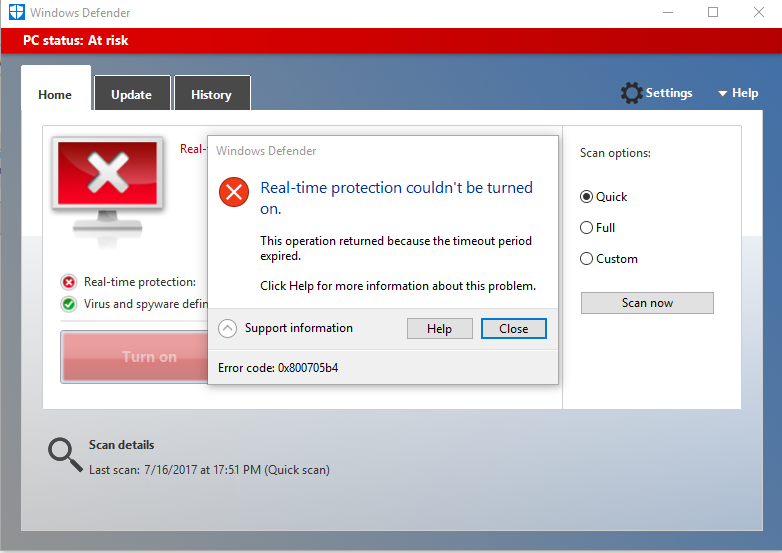


It was once the case where it was recommended that businesses running Windows machines should invest in an aftermarket antivirus or antimalware product installed to maintain protection from malware and other nefarious tools used by hackers. With each passing year, Windows Defender - which comes free with every copy of Windows - has grown more effective at stopping security threats to the point where its performance beats that of some other third-party paid solutions. You will then be notified with a pop up that the program is off.Click the toggle buttons on each function to turn them off.From here, select 'Virus & threat protection'.Click the Start Menu icon and search "Windows Security".In the event you want to disable Windows Defender, you can do the following: Generally speaking, Windows Defender will automatically protect your system unless you either manually disable it or install a different security suite. It's worth upgrading to the latest version of your operating system to avoid having to deal with these legacy interfaces. Note: You can also access every other Windows Security Center function using this method - simply click 'Turn on' displayed under each tool to enable them.įollowing recent updates, the above process is the same across Windows 10 and Windows 11, however on certain older versions of Windows 10 you may find that the old UI presents itself. Click the toggle button for each function to turn them on.Scroll down to 'Virus & threat protection settings'.Click the 'Virus and threat protection' tool listed under 'Security at a glance'.Click 'Turn on' under 'Virus and threat protection'.Click the Start menu (opens in new tab) and type "windows security" into the search bar.

If you see that Windows Defender is turned off, you can do the following to switch it on:


 0 kommentar(er)
0 kommentar(er)
